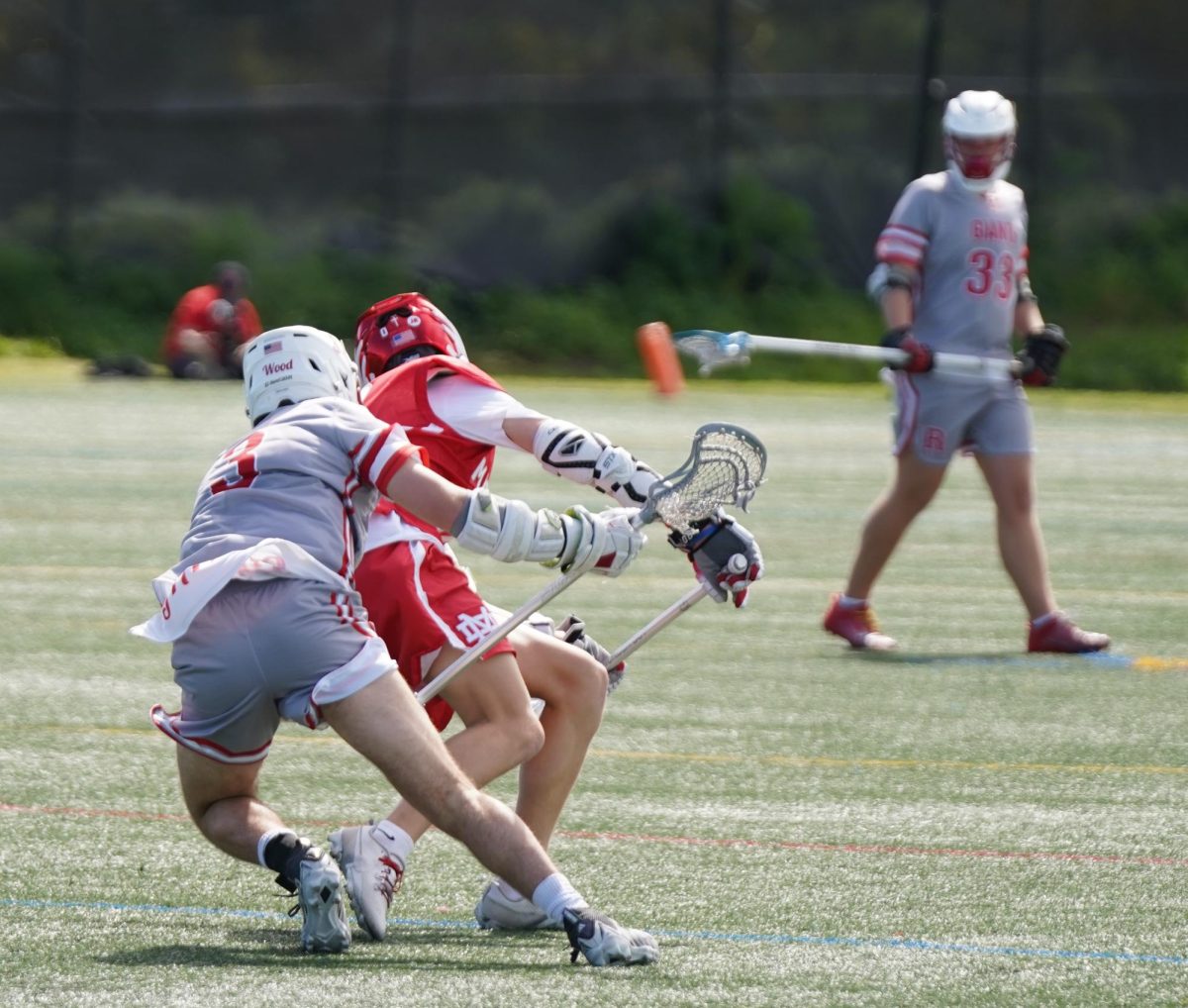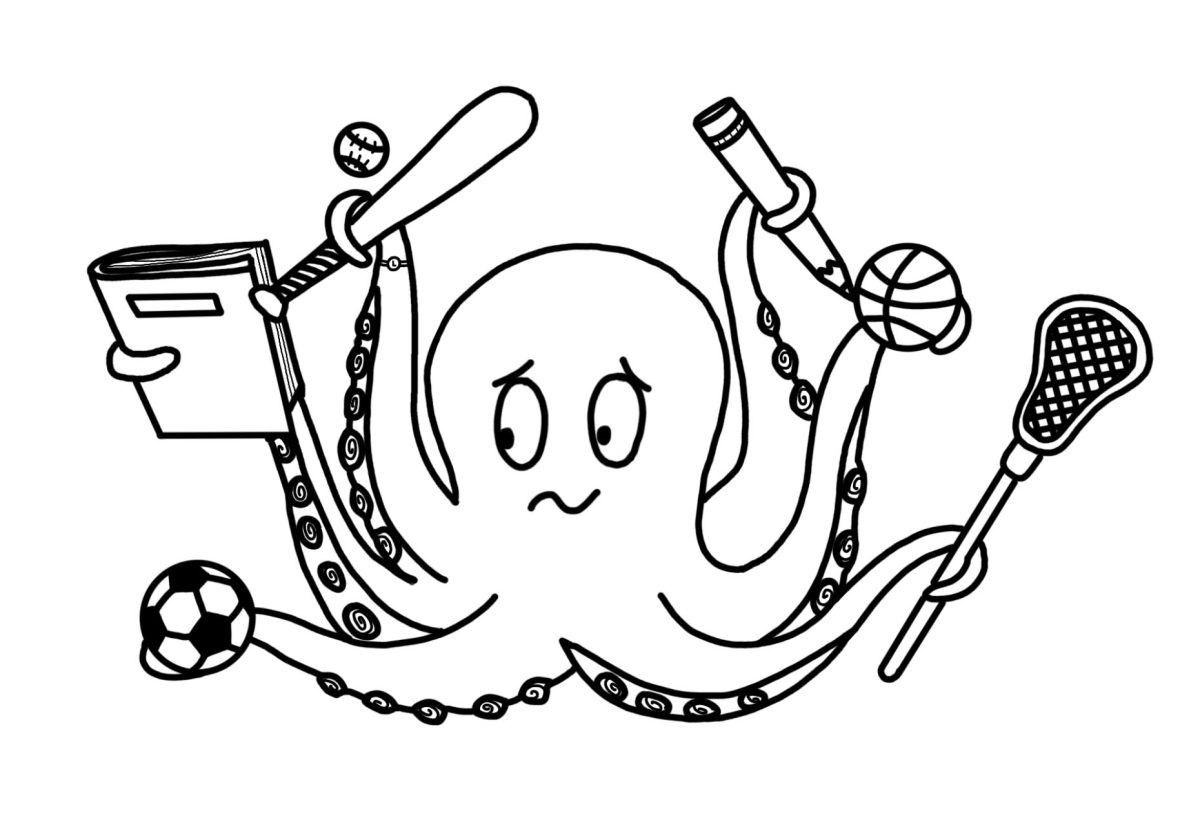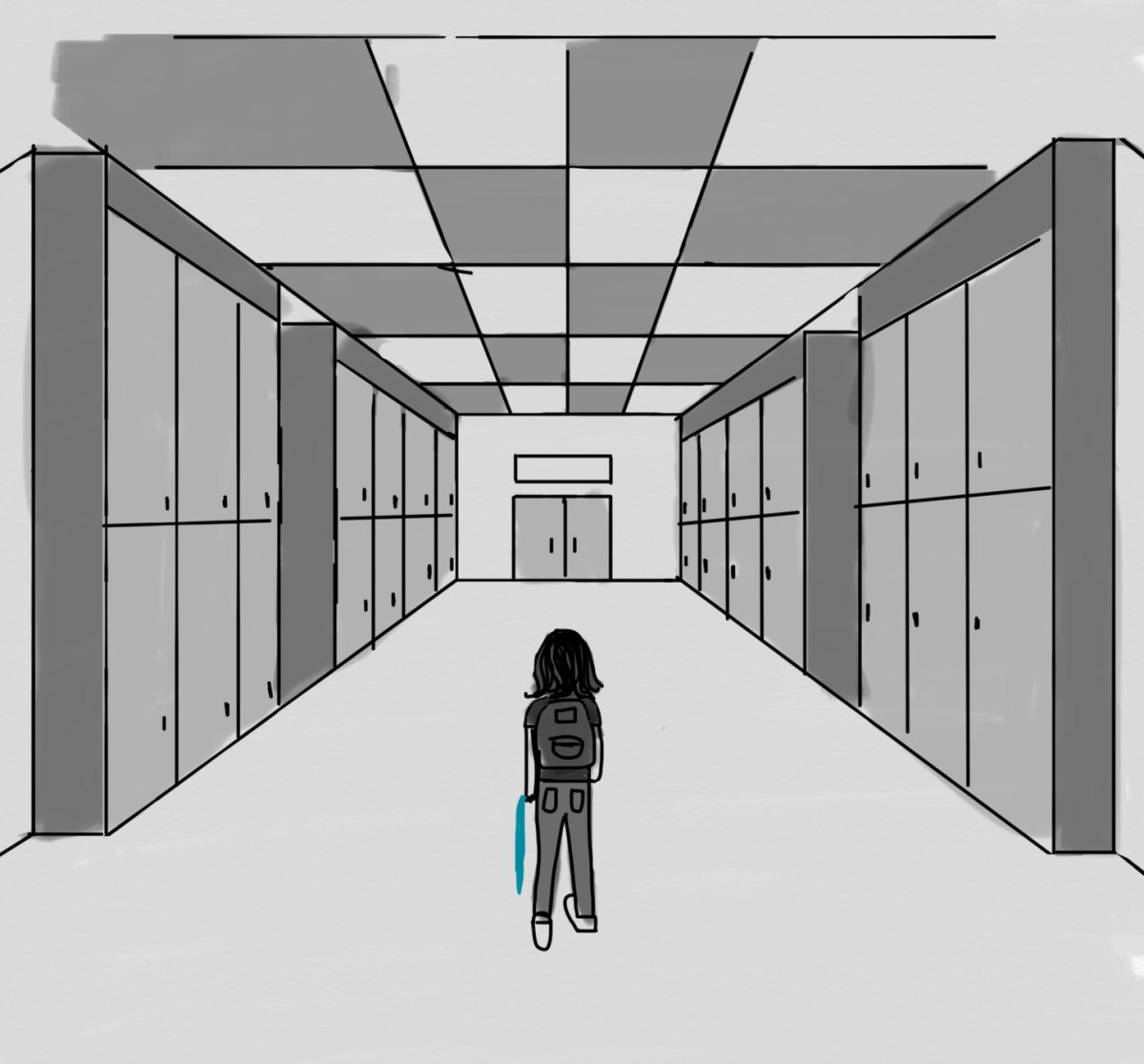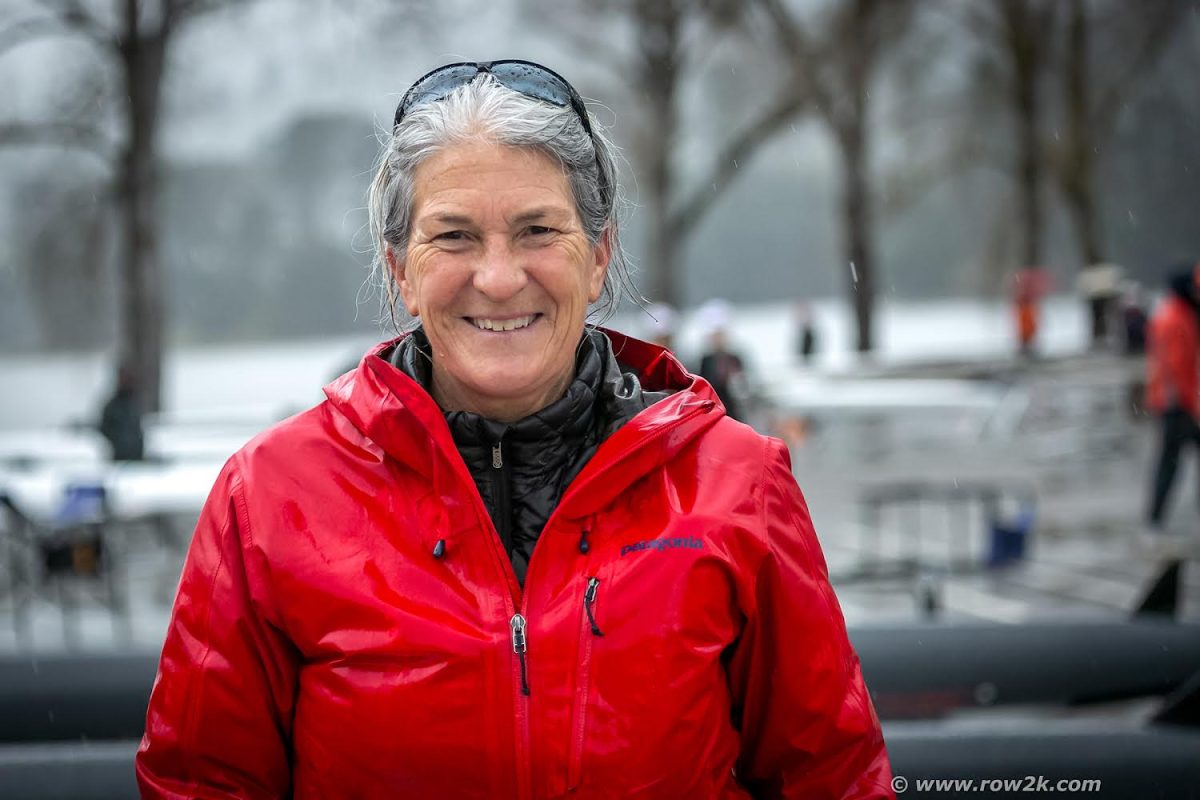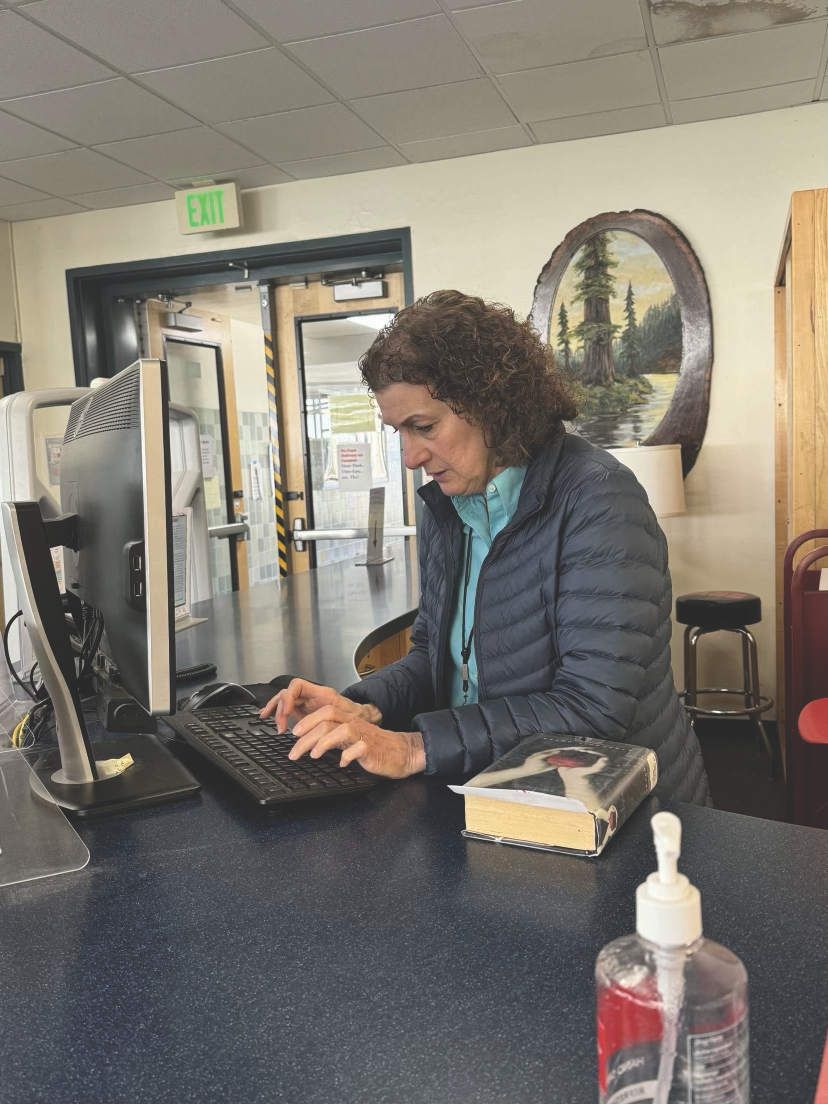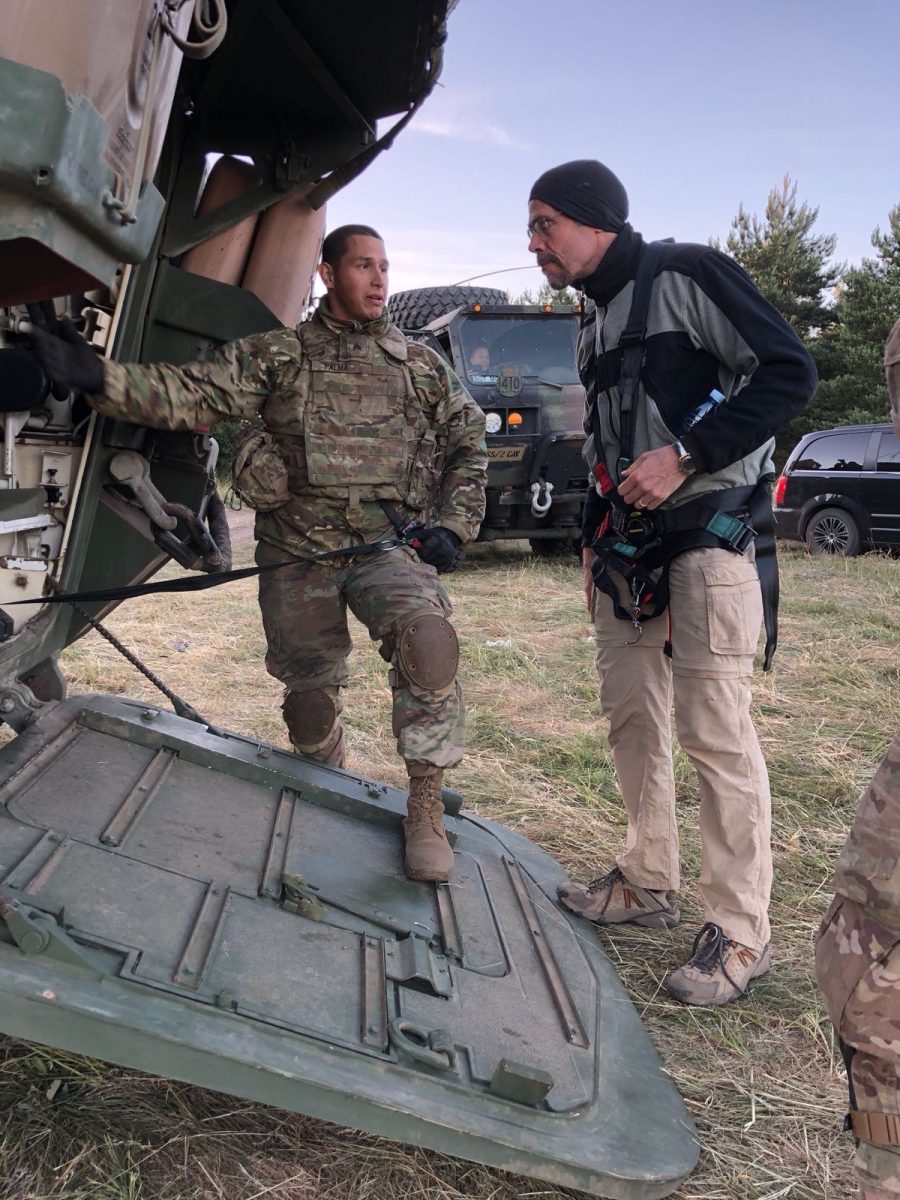Last year, as a Redwood junior, Carly Ball realized that despite being at school seven hours a day, five days a week and with many of the same students, she rarely felt comfortable enough to learn. Ball realized, that for her, a traditional school setting was not conducive to learning. She decided she couldn’t spend her last year of high school in the same desks, the same hallways, the same school she had attended the past three years.
“I’ve never really been happy at Redwood,” Ball said. “I tried to apply for Team, but didn’t get in and so as a junior I knew that I was either going to have to transfer schools or find some alternative program.”
The following year, Ball found that program. She applied for Pathways, an alternative schooling program offered by Tamiscal to seniors from across the Tamalpais district that allows its 22 students to customize their classes and schedules to fit their individual needs and interests. The Pathways program, run by Lead Coordinator Alyssa Callahan, was created six years ago by former Tamalpais High School Vice Principal and San Andreas English teacher Candace Curtis to enable seniors to pursue their passions while still having access to supportive networks within a classroom environment.
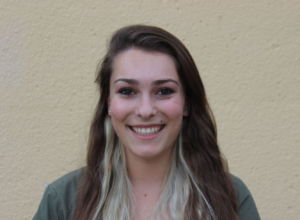
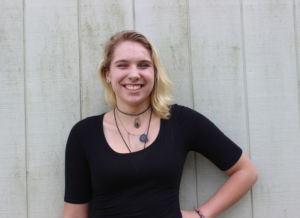
Since its creation, the program has almost doubled in size. Last year, 22 students from across the district were selected through a stratified lottery system of around 60 applicants, as opposed to around 30 applicants the year before, Callahan estimates.
“I was determined to make senior year something that I was going to enjoy,” Ball said. “I’m definitely a lot happier doing this program because I get to study things I want to study.”
After her third year in a traditional high school setting, Ball knew she would be more successful in an alternative program.
“I know that I would be having troubles at Redwood and I probably would be having trouble graduating. I definitely wouldn’t be as happy,” Ball said. “Personally, I don’t totally like to think about where I’d be without this program.”
Pathways senior and former Redwood student Isabel Rauchle said that although she could have stayed at Redwood, Pathways seemed like a better option for her.
“I can do really well just sitting listening to a lecture and everything. I can do it, [but] I just got bored of it,” Rauchle said.
Rauchle joined the program not only to move away from traditional schooling, but also to align her classes with her interests.
“I know I’m really interested in psychology and I know I want to go down that route. It was nice to be able to take a whole bunch of psych classes at once, rather than only being able to take one a semester,” Rauchle said.
Similar to Ball, Rauchle said another reason the Pathways model appealed to her was because she tired of typical school days and was attracted to the flexibility in her week that the Pathways model offered.
“By the time junior year came around, sitting in the same class every day at the same time just drove me nuts,” Rauchle said. “If I took snippets of my life, like you know those one-second-a-day things, it would literally be the exact same from freshman year until now, like, ‘Wake up, sit in the classroom, eat lunch, sit in the classroom, go home, do homework, go to bed.’”
The Pathways program generally consists of three parts: the Pathways class, additional classes at College of Marin (COM) and an internship.
On Tuesday afternoons, Thursday afternoons and all day Friday, the program’s 22 students attend the Pathways class, which is located at San Andreas and taught by Callahan. The Pathways class is a combination of English and Social Studies and is designed to fulfill all graduation requirements for seniors, given they have been on track for graduation up until that point.
According to Callahan, the small student-teacher ratio allows her to better support her students.
“Students get so much more of my time dedicated to them that I’m really able to support them in every aspect of their College of Marin classes, internship and high school and I feel so much more successful because I have the time to do that,” Callahan said.
Besides blocks of class time on Tuesday, Thursday and Friday, Pathways students are available to schedule COM classes and internships for themselves.
“You can really shape your schedule the way you want to,” Ball said. “I had a lot of afternoons that were open and I was able to work around my work schedule, since I also have a job.”
According to Callahan, Pathways has an understanding with COM that allows students to take up to 12 units, which amounts to three or four college courses, and also gives them priority when choosing classes.
According to Ball, the program as a whole has helped her become more independent.
“Teachers are checking up on you, but it’s really up to you to follow through and be responsible and to get your work done on time to be doing well in your COM classes,” Ball said.
The Pathways program allows students to access varying amounts of teacher assistance on their work, which according to Curtis, was by design.
“Those students who struggle in school or are turned off by school, they get a lot of individualized support in order to be successful. They get sort of their hand held,” Curtis said. “At the same time, those kids who are just straight-A students and they’re ready to be in college, they’re done with high school, they can really fly. Because of the ability to individualize [Pathways], it can work for any kid.”
Course loads in the program can vary greatly depending on what kind of a schedule individual students want to take on. Outside of the Pathways program, students can take as few as one COM class and work at an internship for six hours a week. Students can also choose to work twice the amount of time at their internship and take as many as four COM classes. The diversity of the program allows Callahan to work with each student differently.
“What’s awesome about [Callahan’s] position is that besides teaching the classes, it really varies how much she is involved,” Rauchle said.
This year, Rauchle’s rigorous COM schedule has included multiple biology and psychology classes, allowing her to complete almost a full year of college during her senior year.
“[Rauchle] needed me in the very beginning, but I would say really quickly she just got a grasp for what she needed to do. She was really comfortable going after it on her own and didn’t necessarily need the supportive structure,” Callahan said. “And then I have some students who really needed help in that transition and will only be that much more successful in college because they’ve had this transition.”
For the internship component of the program, students are able to spend anywhere from six to 12 hours a week at an internship that typically changes each semester.
“We’ve had some internships where it has become a filing job, but one of our goals is to get as serious of an internship as possible so that students can graduate with some real hands-on experience in a field of their choice,” Callahan said.
Some Pathways students, like Rauchle, choose to align the classes they take at COM with the field of their internship, while others take classes and internships in many different areas to explore different fields they might be interested in.
Aside from her classes at COM, and Rauchle also did an internship at Center Point, Inc., a center that provides comprehensive housing and rehabilitation services to combat substance abuse and poverty, where she was able to sit in on counseling sessions and take notes.
Continuing in that field, Rauchle decided to take Drugs and Behavior and Modern Social Problems at COM the following semester.
In addition to being exposed to a field of work she was interested in, Rauchle gained experience simply by working in a professional environment. One skill in which she particularly improved: making phone calls.
“I used to have to rehearse what I was going to say,” Rauchle said. “And then I went through this program and I guess just meeting more people and being exposed to a professional environment, I can just pick up a phone and make all these professional phone calls for my internship. And I noticed that the other day like, ‘Wow, I’ve really changed.’”
Ball decided to take an internship as a kindergarten classroom assistant, but soon realized it was not her calling.
“I was always interested in early childhood education, which now I realize is definitely not the way I want to go,” said Ball, realizing as a result of the internship the amount of energy and patience the job demanded.
Ball spent her second semester as an intern for the Canal Alliance managing case files and also worked in a program aiming to motivate and enable Latino students to pursue higher education.
“I work with eighth graders so they’re a little older, they’re more mature. I enjoy that because I get to joke around with them,” Ball said.
Through this internship, Ball discovered her love of learning languages. She was also able to organize a gap year trip to Ecuador through people she met during her time there. According to Ball, her experiences in the program and the ability to have a paying job outside of school have enabled her to take this gap year.
“If I had stayed at Redwood, I probably would have gone straight to a four-year college just because gap years are expensive. You need money for that and I just wouldn’t have that. I wouldn’t be ready for it no matter how much I’d want to be ready for it,” Ball said.
In comparison with her experience at Redwood, the small class size allows Pathways students to build better relationships with their peers, according to Rauchle.
“I was always kind of shy in my classes at Redwood, so I would finish the year sometimes still not knowing people’s names,” Rauchle said. “Now I know everyone from Pathways. I know their stories. I got to really understand who they are on a personal level which makes having classroom discussions on topics about government and politics so much more interesting.”
Students are also able to take regular high school classes at their previous high school. According to Callahan, the Pathways program tries to allow students to maintain a connection with their previous school, by allowing them to participate in high school sports and attend events like school dances.
Despite the supportive community, for many prospective students class size can be viewed as one of the program’s largest drawbacks, according to Callahan.
“As a senior you’ve kind of worked up to this point to enjoy your senior year,” Callahan said. “A lot of people view the size of the program as a drawback because they are concerned they are going to miss out on things their senior year.”
Unlike Ball, who decided to only attend the small ceremony for Pathways graduates at the end of the year, Rauchle will walk at the Redwood graduation.
“I was a little disappointed about missing out on some of the fun of senior year, like walking around the halls as a senior, but the benefits of the program just totally outweigh that. I totally don’t regret anything,” Rauchle said.
Despite only having 21 other Pathways classmates, according to Rauchle, her social circle actually expanded.
“It’s cool because you are kind of included in multiple communities. I was worried that I was going to be excluded, but now I am part of the COM community, the Redwood community and the Pathways community,” Rauchle said.
According to Callahan, she is able to clearly see how her Pathways students grow over the course of the year.
“[Students] are a lot more confident and I think one huge benefit of the program is that they graduate feeling much more comfortable about themselves and much more confident about what they’re individually capable of doing,” Callahan said.
When Curtis, the program’s initial instructor, announced her retirement and looked to Callahan as her replacement, she was eager to take over Pathways.
“I probably never thought, personally, I would go into alternative education. I always, as I was going to school, saw myself as a traditional comprehensive site teacher,” Callahan said.
As a teenager, Callahan attended Terra Linda high school. However, she believes she would have benefitted from a nontraditional program like Pathways if it had been available.
“When I got to my senior year, I was really ready to do something different. I remember having like a five period day as a senior, not necessarily pushing myself because I was bored and just disengaged,” Callahan said. “I so wish though that there had been something like the Pathways program for me when I was in high school.”
Callahan spent her first year student teaching at Tamalpais High School, but realized her passion for teaching in an alternative school when she took a job teaching at San Andreas High School.
“I have the time and flexibility to get to know my students, I would argue, a lot better than most teachers just because I don’t have 150 students on my caseload,” Callahan said.
According to Callahan, a class of 22 students is the perfect number for the Pathways program model. She hopes that the program will be able to expand in the future, but says that would only be possible if there was the money to hire another staff member and accept around 20 more students.
“With a couple more years and hopefully some consistency in the interest of the program and continued success of the program, there would be the argument there to grow it and make it available to more students,” Callahan said.

